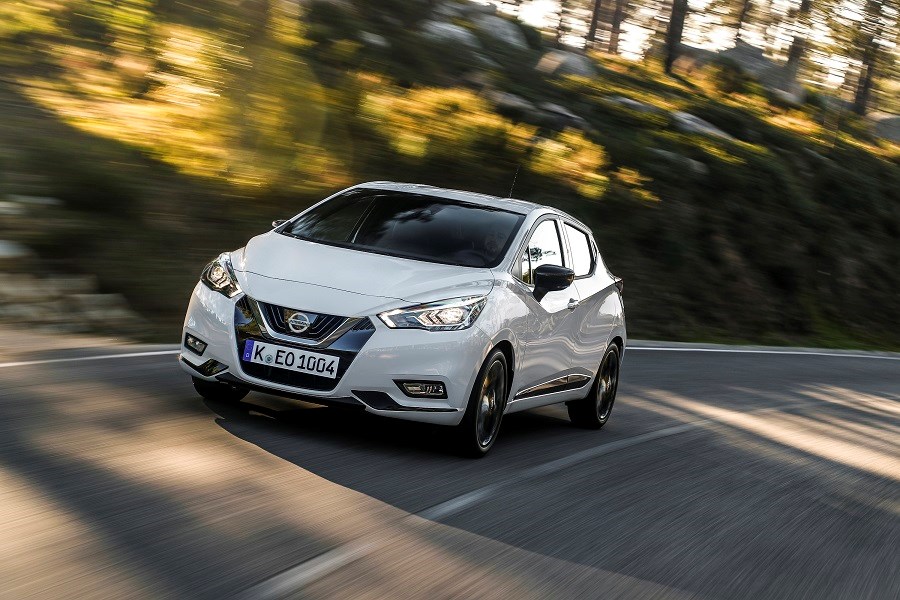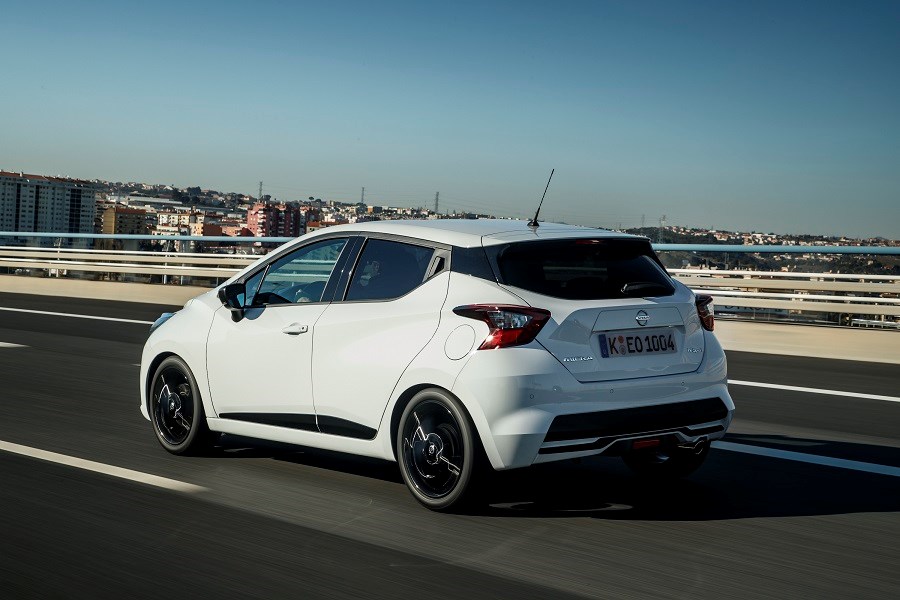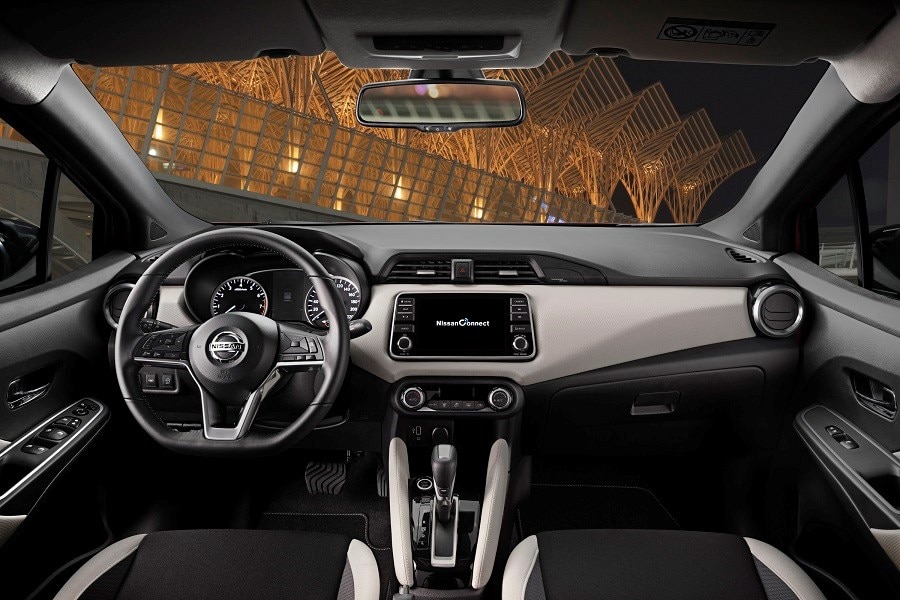Latest model
Despite being on sale for less than two years, Nissan updated its Micra in 2019, with a revised engine line-up and a new ‘N-Sport’ equipment grade.
Two new engines were introduced — a 99bhp version of the 1.0-litre petrol unit to replace the previous 89bhp unit, as well as a new ‘warm’ model, which came with a 115bhp turbocharged petrol engine. An Xtronic CVT automatic transmission was also a fresh addition to the Micra.
Nissan also introduced an N-Sport trim, which aims to rival models such as the Fiesta ST-Line and Seat Ibiza FR. While offering no performance improvements, it looks the part with gloss black and carbon-fibre-effect exterior detailing, along with rear privacy glass. The interior also benefits from Alcantara sports seats and white accents.
Value for money
Past Micras were cheaper than the opposition, although with the latest model improving on quality and style, it’s now roughly the same price as equivalent rivals. Entry-level Visia models are priced from £12,875 and come with plenty of safety kit as standard — including automatic emergency braking, lane-keep assist and high-beam assist. However, it misses out on alloy wheels, air-conditioning and a touchscreen, which many supermini buyers now expect. To get the benefit of these features, you have to spend £15,095, while range-topping models cost over £20,000, which is a lot for a Micra.
The Micra makes a fantastic used buy, with prices starting from just a few hundred pounds for older cars. It’s typically a very reliable car, and makes for a fantastic used car runabout and an ideal first car, too, thanks to low running costs.
As for the latest model, used examples start from £8,500, which makes the Micra an appealing proposition on the used market. You won’t have to fork out too much more money for a high-spec car, either. Nearly-new examples less than a year old typically start from £10,000, which is a good saving off the Micra’s original list price.
Looks and image
It’s no overstatement to say that the latest Micra is a revolution in design compared to the previous model, which looked dull — to say the least. By adopting the same ‘V-motion’ front grille as the Juke and Qashqai crossovers, the Micra has been given a stylish front end, which is complemented by distinctive LED daytime running lights. All models except Visia trim cars also come as standard with 16-inch alloy wheels, while the rear’s angular design is also a highlight. A range of bold colour choices and customisation options are another way Nissan is aiming on offering a more youthful Micra, too.
This style also continues to the cabin, with the Micra’s interior coming with the option of different colour combinations — some bolder than others. It gives the Japanese supermini an advantage over its rivals which typically have plainer and darker-coloured interiors. Entry-level Visia versions miss out on a touchscreen, although all models from Acenta upwards come with a seven-inch touchscreen featuring Apple CarPlay and Android Auto smartphone connectivity, as well as DAB radio. The updated 2019 car offers a much-improved system over the pre-revised model.
Nissan’s increased dynamic focus and weight saving has transformed the way the Micra drives compared to the last-generation model. It still can’t quite rival the class best, but it feels light and nimble and is enjoyable to drive, even if the engines are not particularly special. It offers well-weighted steering and limited body roll, too, while the chassis feels capable of handling a much more powerful engine than Nissan will throw at it. The only downside is that this sportiness has resulted in quite a firm suspension setup. It’s not uncomfortable, though, it just feels a bit unsettled.





